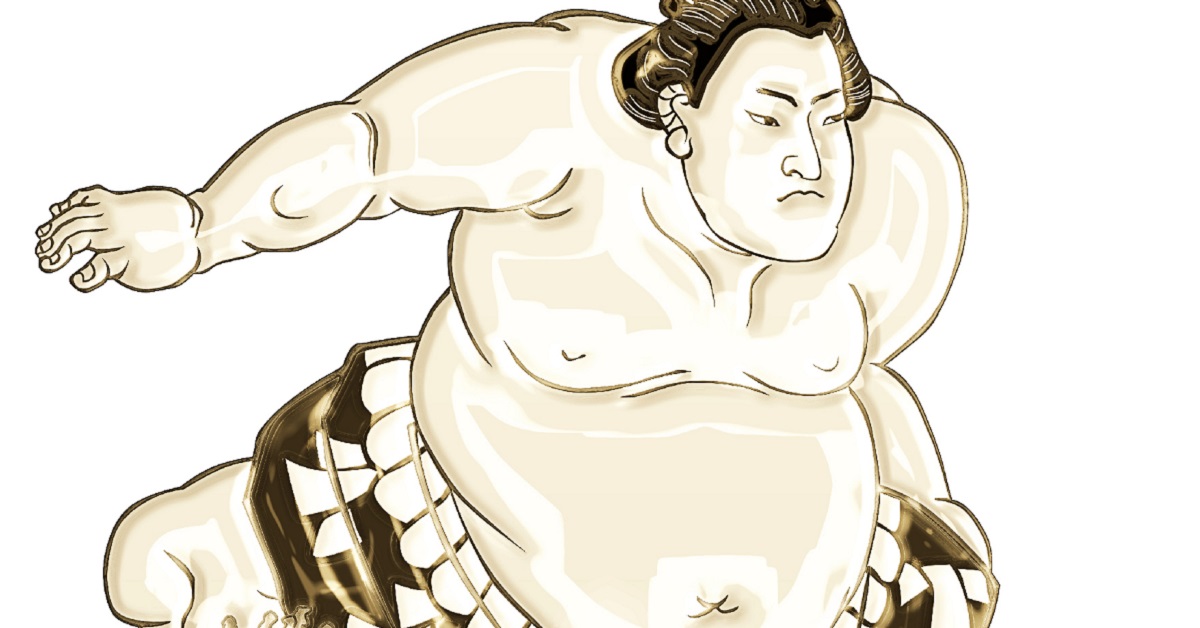The term “Kakukai” refers not only to the wrestling matches themselves but to the entire world of sumo, including wrestlers, referees, announcers, hairdressers, and support staff. By understanding the origin and meaning of this word, fans can gain a deeper appreciation of sumo’s traditions and social structure.
The Meaning and Scope of Kakukai
Kakukai refers to the entire sumo world, and it includes all members of the Japan Sumo Association. This covers not only wrestlers, but also referees who judge matches, yobidashi who announce bouts, tokoyama who dress the wrestlers’ hair, and behind-the-scenes staff such as clerks and facility managers. In other words, Kakukai represents the entire social structure that supports sumo as a cultural tradition, not just the sport itself.
| Role | Main Duties | Affiliation |
|---|---|---|
| Rikishi | Compete in the ring | Sumo stables |
| Gyōji | Judge matches and manage progress | Japan Sumo Association |
| Yobidashi | Announce matches and prepare the ring | Japan Sumo Association |
| Tokoyama | Style wrestlers’ hair | Sumo stables |
| Support Staff | Administration, facility management | Japan Sumo Association |
Origin and Historical Background of Kakukai
There are several theories about the origin of the term Kakukai, but the most widely accepted is that it comes from shortening the phrase “Kakuryoku (sumō)”, meaning “the world of sumo wrestling.” The kanji “角力” (sumō) has been used for centuries to describe the act of locking horns and testing strength.
During the Edo period, sumo developed both as entertainment for the samurai class and as a pastime for commoners. The term Kakukai came to be widely used to refer collectively to the internal society of sumo. Another theory views sumo as a place where wrestlers compete in all directions, with the “corners” symbolizing the boundaries of a community — hence the “kai” (world). In either case, the word Kakukai is deeply tied to the long history of sumo.
How Kakukai Differs from General Society
Kakukai operates under its own strict rules and customs that differ significantly from mainstream society. Wrestlers’ living arrangements, lifestyle, and income are all heavily influenced by their banzuke (rankings). Etiquette and hierarchy are extremely strict, and these cultural norms permeate daily life.
| Item | Kakukai | General Society |
|---|---|---|
| Status System | Clearly defined by rankings | By job title or position |
| Lifestyle | Stable living, training-centered | Independent housing, varied work |
| Etiquette | Strict and ceremonial | Varies by workplace |
| Promotion | Based on victories and records | Based on performance reviews |
Foreign Wrestlers and Kakukai Culture
In recent years, many foreign wrestlers have thrived in Kakukai. They dedicate themselves to learning Japanese, understanding sumo etiquette, and blending into its traditions, while also showcasing their own strength. However, adapting to differences in lifestyle, food culture, and the intensity of training can be challenging at first. Even so, Kakukai is not a closed world — it continues to evolve by accepting outside influences while preserving its traditions.
Events and Annual Schedule in Kakukai
The sumo calendar revolves around honbasho (official tournaments). There are six tournaments each year, held in traditional host cities. Wrestlers train year-round according to this schedule, focusing on physical conditioning and skill development.
| Month | Tournament | Location |
|---|---|---|
| January | Hatsu Basho (New Year) | Tokyo |
| March | Haru Basho (Spring) | Osaka |
| May | Natsu Basho (Summer) | Tokyo |
| July | Nagoya Basho | Nagoya |
| September | Aki Basho (Autumn) | Tokyo |
| November | Kyūshū Basho | Fukuoka |
Cultural Significance of the Term Kakukai
The term Kakukai is not just an industry name — it is also a symbol of Japanese culture. Sumo is closely tied to Shinto rituals, and the dohyō is considered a sacred space. Before matches, wrestlers scatter salt to purify the ring. Such spiritual and traditional practices are all encompassed within the concept of Kakukai, giving the term a special resonance among sumo fans.
Conclusion
Kakukai represents not only the gathering of wrestlers and sumo personnel but also a living embodiment of Japan’s history, culture, and values. The name carries a sense of cultural and spiritual depth that goes beyond the competition itself. For those new to sumo, understanding the background of Kakukai opens the door to a richer appreciation of the sport and its traditions.





コメント